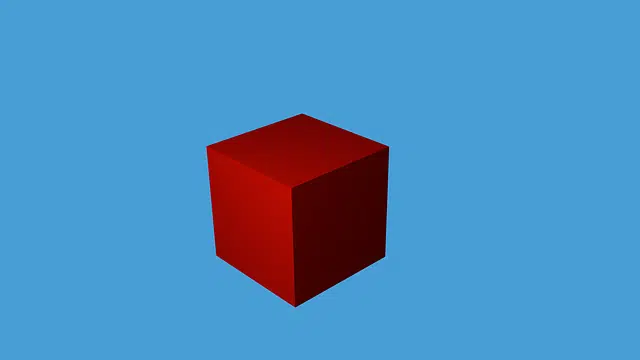
The concept of edge is often used in geometry.
The line resulting from the intersection of two surfaces or planes is called an edge . Edges are also the segments of a line that mark the limit of the sides of a plane figure.
It is possible to associate the notion of edge with the concept of edge . If we focus on a polyhedron (a body with flat faces that contain a finite volume), the edges are those straight lines in which two faces intersect.
Edge and polyhedra
Going a little deeper into the concept of polyhedron , it is a three-dimensional body belonging to classical geometry. In its etymology we find components of the Greek language that refer to the presence of "many faces." Although many people confuse the polyhedron with the polygon, the latter is its topological counterpart for two dimensions: it is also created from vertices and edges, but it has only one face; in fact, a polyhedron is a set of polygons.
In addition to the polygon, there are other topological counterparts in the field of classical geometry that are related to the polyhedron, although none of them are three-dimensional: the vertex (also known simply as a point ) is its counterpart in zero dimensions - although in the In everyday speech it is common to use this word as a synonym for "small circle", the vertex has no length, width or height; the edge, which consists of one dimension; the polychorus, which in addition to the three dimensions of the polyhedron adds one, represented by cells .
Graph theory and 3D design
In the field of graph theory , the edge arises from the link between two vertices of the same graph. When two vertices are connected through an artist, they are adjacent. In this framework, vertices are said to be incident to the edge in question.
Three-dimensional graphics design uses many of these concepts in an everyday and natural way to create extremely complex models, which at first glance do not seem to rely on basic geometric shapes. During the meticulous work carried out by 3D artists, they manipulate the vertices, edges and faces of their models thousands of times to achieve the results they seek at every step.

In botany, the awns are the filaments of grasses.
The edge in the modeling of a face
3D modeling and animation programs have the option of allowing exclusive access to one of the elements just mentioned, and each one offers a series of advantages that are suitable for different situations.
For example, when modeling a character's face, it is necessary to slightly adjust the position of the vertices many times, from the beginning to the end of the work; In this case, moving one face could unnecessarily alter the position of two or three other vertices. If, on the other hand, we are designing a room and we want to modify its height, it is appropriate to take the face that represents the ceiling and move it downwards, instead of moving each vertex or edge separately.
The notion in geography and botany
For geography , edges are the rock ridges that some mountains have. Generally, these ridges are created by erosion generated by glaciers and allow the separation of two valleys.
The idea of edge also appears in botany . In this case, the awn is the hair-like filament that some plants have, especially grasses. Barley is a species that has edges.
The edge as a point of view
In colloquial language, finally, we usually talk about an edge with reference to a point of view or a perspective .
For example: "The prosecutor decided to open a new angle and will now investigate the possible link between the suspect and the victim's mother" , "The judicial section is just one aspect of the problem: I am concerned about the political consequences of this fact" , "I would like to approach the issue from a different angle."
